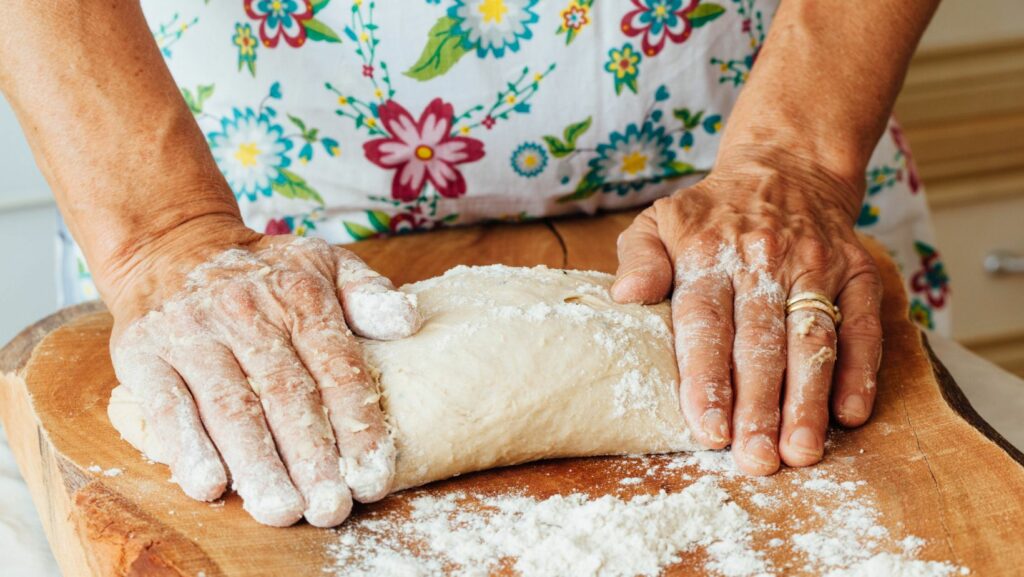Scoring bread is a technique that helps create beautiful and artisanal-looking loaves. But if you’re new to baking or have struggled with scoring in the past, it can be perplexing. Don’t worry. I’ve got you covered! I’ll walk you through the steps to score bread like a pro in this article.
How to Score Bread
The first step in scoring bread is ensuring your dough has the right consistency. It should be slightly sticky but not overly wet. This will ensure that your cuts hold their shape during baking. Once your dough is ready, lightly flour the surface and turn it onto your work area.
Next, grab a sharp blade or razor and hold it at about a 45-degree angle to the surface of the dough. With confident and swift movements, make shallow cuts across the top of the loaf. These scores will allow steam to escape and give your bread its signature look.
Remember to vary the pattern and depth of your scores depending on the type of bread you’re making. For rustic loaves like baguettes or boules, diagonal slashes work well. One long incision down the center can be visually appealing for round loaves like ciabattas or batards.
With these simple tips in mind, you’ll be able to score bread with ease and confidence. So go ahead and unleash your creativity by experimenting with different scoring techniques. Your homemade loaves will taste delicious and impress everyone with their professional appearance!
Choosing the Right Type of Flour
One crucial factor to consider when scoring bread is selecting the right type of flour. The type of flour you choose can greatly impact your baked goods’ texture, flavor, and overall quality. Here are a few key points to keep in mind when choosing the right type of flour for scoring bread:

Consider protein content: The protein content in flour determines its gluten formation potential. Gluten is essential for creating structure and achieving that desirable airy texture in bread. Therefore, choosing flour with higher protein content is important, such as bread flour or high-gluten flour.
Opt for bread flour: Bread flour is specifically formulated for baking bread due to its high protein content (around 12-14%). This higher protein level helps create a strong gluten network, resulting in better rise and structure during baking. Bread flour is an excellent choice for scoring artisan loaves or sourdough.
Mixing it up with all-purpose: If you don’t have access to bread flour, all-purpose flour can be a suitable alternative. While it has a slightly lower protein content (around 10-12%), you can still achieve good results by adding vital wheat gluten to boost the dough’s strength.
Explore specialty flours: If you’re feeling adventurous or want to experiment with different flavors and textures, consider incorporating specialty flours like whole wheat, rye, spelled, or even ancient grains like einkorn or emmer. These flours add unique characteristics and depth of flavor to your scored loaves.
Please pay attention to freshness: Freshly milled flours perform better in taste and texture than older ones that may have lost some vitality over time. Look for brands that prioritize freshness and milling techniques that retain more nutrients.
Remember, each type of flour has unique properties, so don’t be afraid to experiment and find the combination that works best for your taste preferences and desired scoring results. Happy baking!

